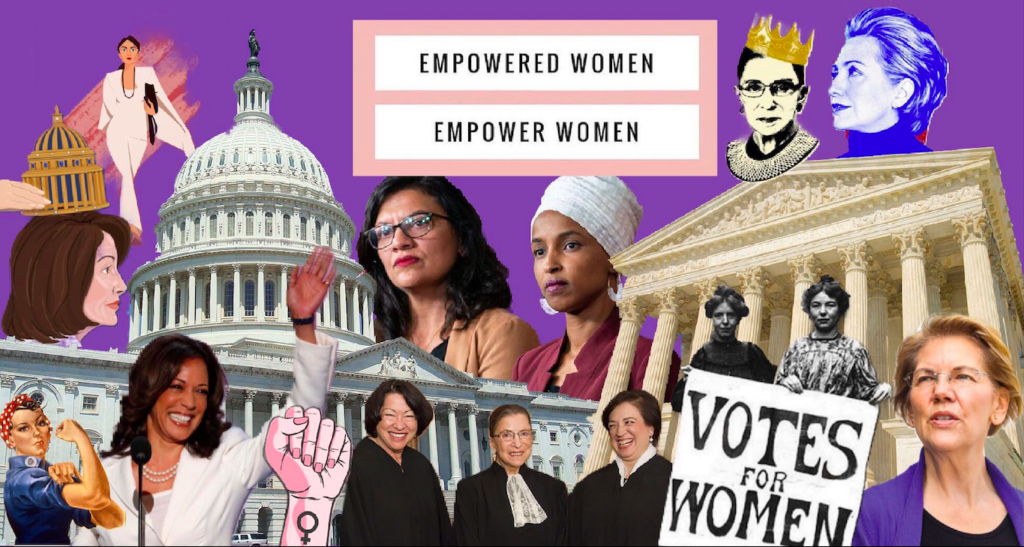Women have come a long way in politics over the years. From being denied the right to vote to holding some of the highest political offices in the world, women’s political participation has evolved significantly.
The suffrage movement of the late 19th and early 20th centuries was a crucial turning point for women’s political rights. Women’s rights activists fought tirelessly for the right to vote, and finally, in 1920, the 19th Amendment to the US Constitution was passed, granting women the right to vote.
Despite this victory, women’s political participation remained limited for several decades. It wasn’t until the 1960s and 70s that women began to make significant strides in politics. The women’s liberation movement of this era brought attention to issues such as equal pay, reproductive rights, and gender discrimination, paving the way for more women to enter politics.
In 1972, Shirley Chisholm became the first Black woman to run for President of the United States. While her campaign was ultimately unsuccessful, her candidacy was a significant milestone in the fight for women’s political representation.
Since then, women have made significant gains in politics. In 1984, Geraldine Ferraro became the first woman to run for Vice President on a major party ticket. In 2007, Ellen Johnson Sirleaf became the first woman elected as a head of state in Africa, serving as the President of Liberia.

Today, women hold political offices at all levels of government, from local to national. In the United States, a record-breaking number of women were elected to Congress in 2018, and Kamala Harris made history in 2020 as the first woman and person of color to be elected as Vice President.
Despite these gains, women’s political participation still faces many challenges. Women are often underrepresented in politics, and face barriers such as sexism and gender bias. Women of colour, in particular, face additional challenges and barriers to entry.
Moreover, women’s political representation is still not equal to that of men. According to the Inter-Parliamentary Union, women make up only 25.5% of national parliaments worldwide. This means that women’s voices are not fully represented in decision-making processes, which can have significant consequences for policy outcomes.
Furthermore, women’s issues are often relegated to the sidelines or not taken seriously. Issues such as reproductive rights, equal pay, and gender-based violence are often dismissed or downplayed in political discourse.
To address these challenges, it is crucial to continue to support and encourage women’s political participation. This can include programs to encourage women to run for office, mentorship and support networks, and policies that address gender bias and discrimination.
While it is true that women’s political participation has come a long way over the years, there is still a long way to go to achieve full gender equality in politics. It is crucial to continue to support and encourage women’s political participation, to ensure that women’s voices are fully represented in decision-making processes, and that women’s issues are taken seriously.
















